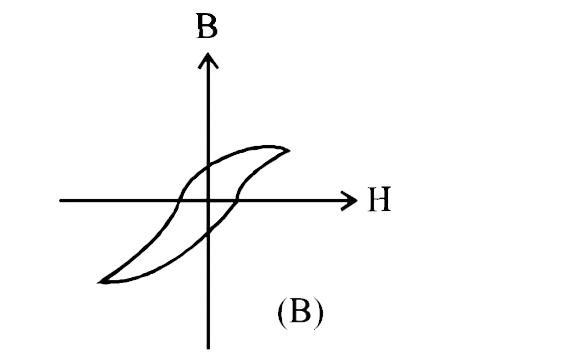The material generally used for sound proffing of rooms like a recording studio and auditorium, etc. is
cotton
coir
wood
styrofoam
Step-by-Step Text Solution:
1. Understanding Soundproofing: The first step is to understand what soundproofing is. Soundproofing refers to the methods and materials used to reduce or eliminate sound from entering or leaving a room. This is particularly important in environments like recording studios and auditoriums where sound quality is crucial.
2. Identifying the Need for Soundproofing: In spaces such as recording studios and auditoriums, it is essential to create a quiet environment. This ensures that external noises do not interfere with recordings or performances, allowing for a clearer sound experience.
3. Material Selection: The next step is to identify materials that are effective for soundproofing. Various materials can be used, but they need to have sound-absorbing properties to be effective.
4. Choosing Styrofoam: One of the commonly used materials for soundproofing is Styrofoam. Styrofoam is a lightweight material that has excellent sound-absorbing qualities. It acts as a cushion that can absorb sound waves, preventing them from bouncing back into the room.
5. Benefits of Styrofoam: Styrofoam is not only effective in soundproofing but also easy to handle and install. Its lightweight nature makes it convenient for use in various settings, ensuring that it can be applied without much hassle.
6. Conclusion: Therefore, the material generally used for soundproofing rooms like recording studios and auditoriums is Styrofoam, due to its sound-resistant properties and lightweight characteristics.
---
Topper's Solved these Questions
- ENVIRONMENTAL ISSUES BOOK - NCERT EXEMPLAR ENGLISHCHAPTER - ENVIRONMENTAL ISSUES EXERCISE - Very Short Answer Type Questions
15 Videos
- ENVIRONMENTAL ISSUES BOOK - NCERT EXEMPLAR ENGLISHCHAPTER - ENVIRONMENTAL ISSUES EXERCISE - Short Answer Type Questions
11 Videos
- ECOSYSTEMBOOK - NCERT EXEMPLAR ENGLISHCHAPTER - ECOSYSTEMEXERCISE - Long Answer Type Question
12 Videos
- EVOLUTIONBOOK - NCERT EXEMPLAR ENGLISHCHAPTER - EVOLUTIONEXERCISE - Long answer type Questions
7 Videos
Similar Questions
Knowledge Check
Assertion: SN1 reactions are generally carried out in polar protic solvents (like water,alcohol, acetic acid etc.)
Reason: C6H5CH(C6H5)Br is less reactive than C6H5CH(CH3)Br in SN1 reactions.AIf both assertion and reason are true and reason Is the correct explanation of assertion.BIf both assertion and reason are true but reason is not the correct explanation of assertion.CIf assetion is true but reason is false.DIf both assertion and reason are false.
Name the material used for
heating element of a room heater.
View SolutionThe alga/protist used for the construction of sound proof room is
View SolutionAqua regia , which is used for dissolving noble metals like gold and plantium etc. is
View SolutionIn Rutherford's experiment, generally the thin foil of heavy atoms, such as gold, platinum, etc. have been used to be bombarded by the α-particles. If the thin foil of light atoms such as aluminium etc. Is used, what difference would be observed form the above results?
View SolutionWrite a composition (in approximately 450-500 words) on the following subject :
(You are reminded that you will be rewarded for orderly and coherent presentation of material, use of appropriate style and general accuracy of spelling, punctuation and grammar.)
It is easy to advise others not to worry, but difficult for oneself to follow the same. Narrate an experience which made you realise the truth of this statement,
View SolutionHysteresis loops for two magnetic materials AandB are given below :


These materials are used to make magnets for electric generators , transformer core and electromagnet core. Then it is proper to use :
View SolutionAssertion : At high altitude a person, from plain areas, may experience altitude sickness.
Reason : At high altitude atmospheric pressure is generally high leading to symptons like nausea, fatigue, etc.
View Solution
